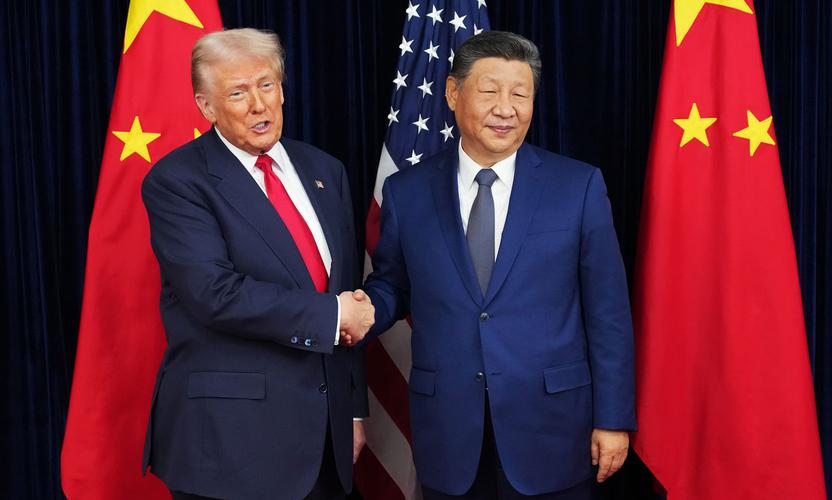Although we have seen a tentative stabilisation in the most recent data, the FLI remains in the bottom-left quadrant of its ‘Cycle Tracker’ (growth negative and decelerating) for the fourth consecutive month. The FLI continues to be significantly negative on the prospects for risk assets – in the bottom decile of backtested history – suggesting activity will continue to soften over the coming quarter.
The FLI continues to point to a slowdown in economic activity
 Source: Fidelity International, July 2018
Source: Fidelity International, July 2018The FLI is composed of five sub-sectors: business surveys, industrial orders, consumer and labour, trade, and commodities. This month, all five sub-sectors remain in the ‘negative and decelerating’ quadrant, indicating broad-based softness.
The industrial orders sub-sector has improved marginally since the previous month’s reading, driven by improved Japanese data, though European components remain a drag. The global trade sub-sector has been fairly static for the last couple of months, but hard data continues to suggest weakening.
The business surveys sub-sector is giving mixed messages – potentially reassuring improvements in the Global Services PMI have not yet been backed up by manufacturing PMIs or other surveys. Consumer and labour data remains mixed, with US indicators looking decidedly more positive than their European and Emerging Markets counterparts - indeed, this US growth outperformance is a theme seen throughout the FLI subcomponents. The commodities sub-sector continues to move deeper into the bottom-left quadrant, particularly interesting considering the buoyant level of oil prices.
Source: Fidelity International, July 2018.
In our view, the continuing deterioration of the FLI most likely indicates an inflection point from a cyclical peak, rather than an imminent slump to significantly below-trend growth levels. Indeed, the most recent reading tentatively increases the likelihood of global activity finding a floor after a few cooler months, and there has not yet been a significant enough shock to completely negate the solid momentum seen going into this year.
Looking at some of the key risk factors for the global economy:
- Global financial conditions have become tougher as a result of Fed hikes and ‘Quantitative Tightening’, which is proving especially painful for vulnerable emerging markets. That said, the global tightening cycle is still young and we believe conditions should remain manageable for the vast majority of economies.
- China’s industrial demand is slowing due to substantially tighter financial and fiscal domestic conditions, although seemingly not enough to trigger a large scale global slowdown. There are signs that contagion is more limited than might have been expected and recent moves by the People’s Bank of China suggest a slight shift towards easing policy.
- Oil price increases are a material headwind, especially given the recent weakness of broader industrial prices. However, based on standard academic estimates of the impact of higher oil prices on growth, we reiterate our view that the current level is not yet a ‘growth killer’.
All things considered, with most of the key drivers getting weaker, the outlook for risk assets remains subdued. More of the sub-sectors would need to stabilise before we could confidently assume we are reaching a floor in activity levels.








































